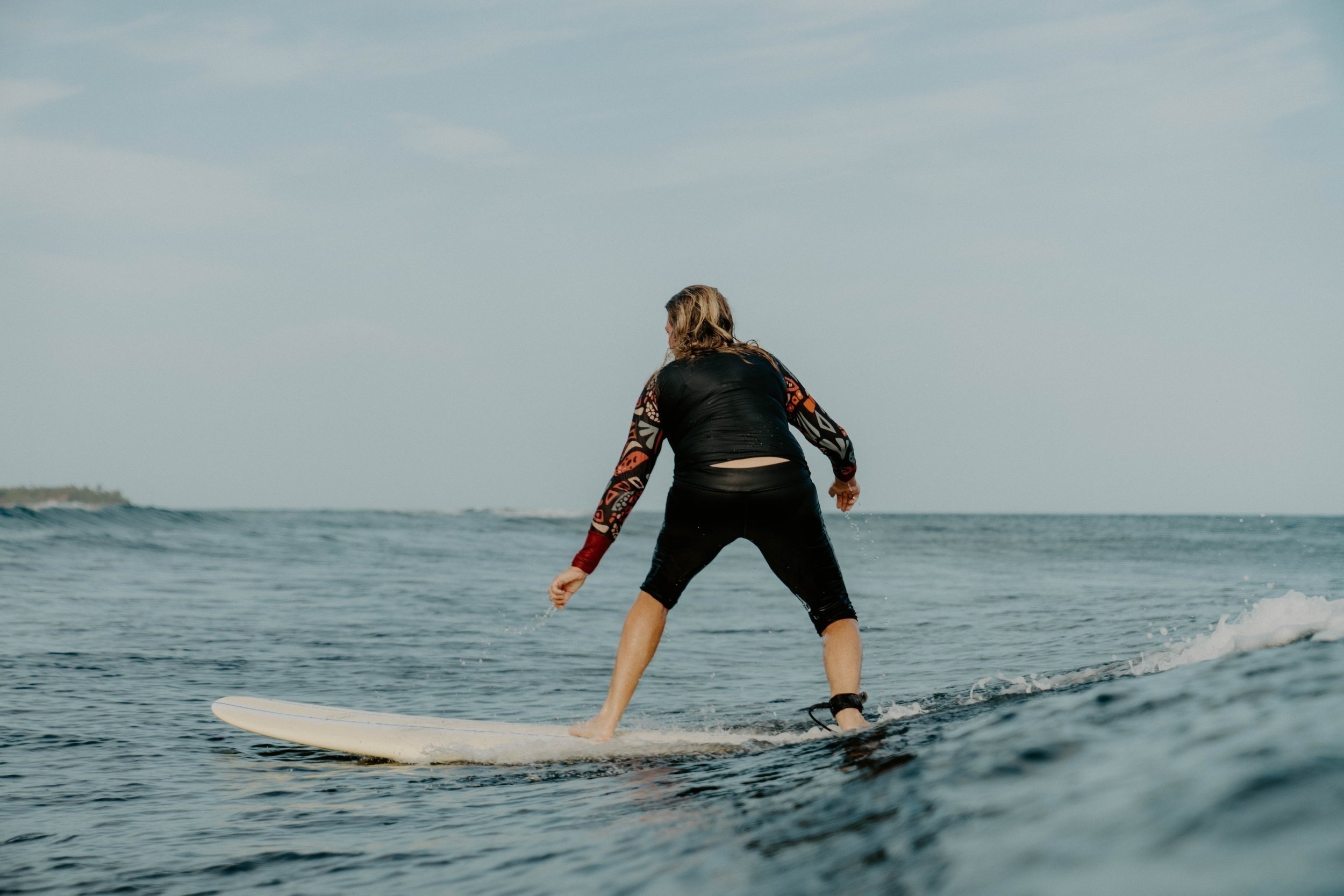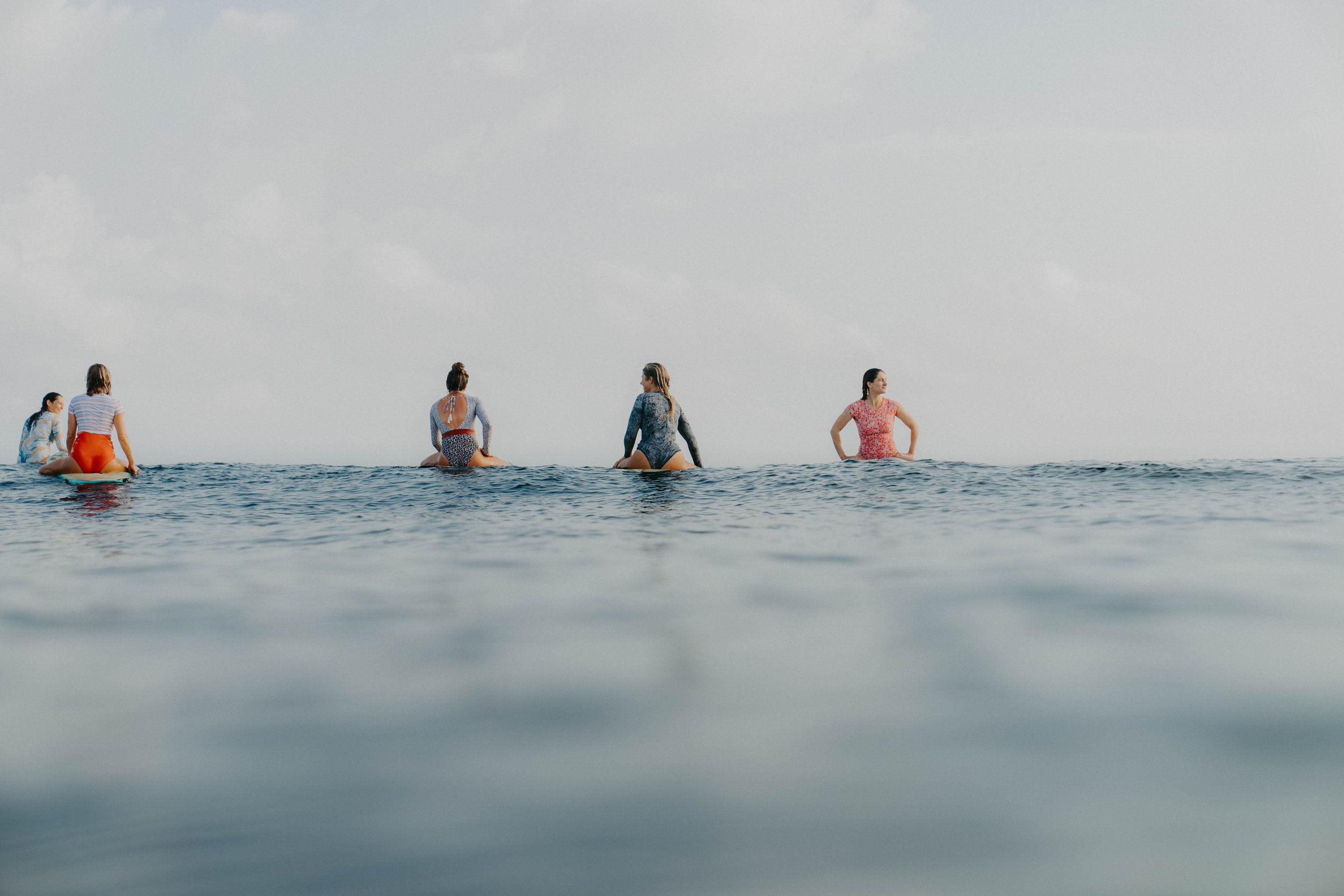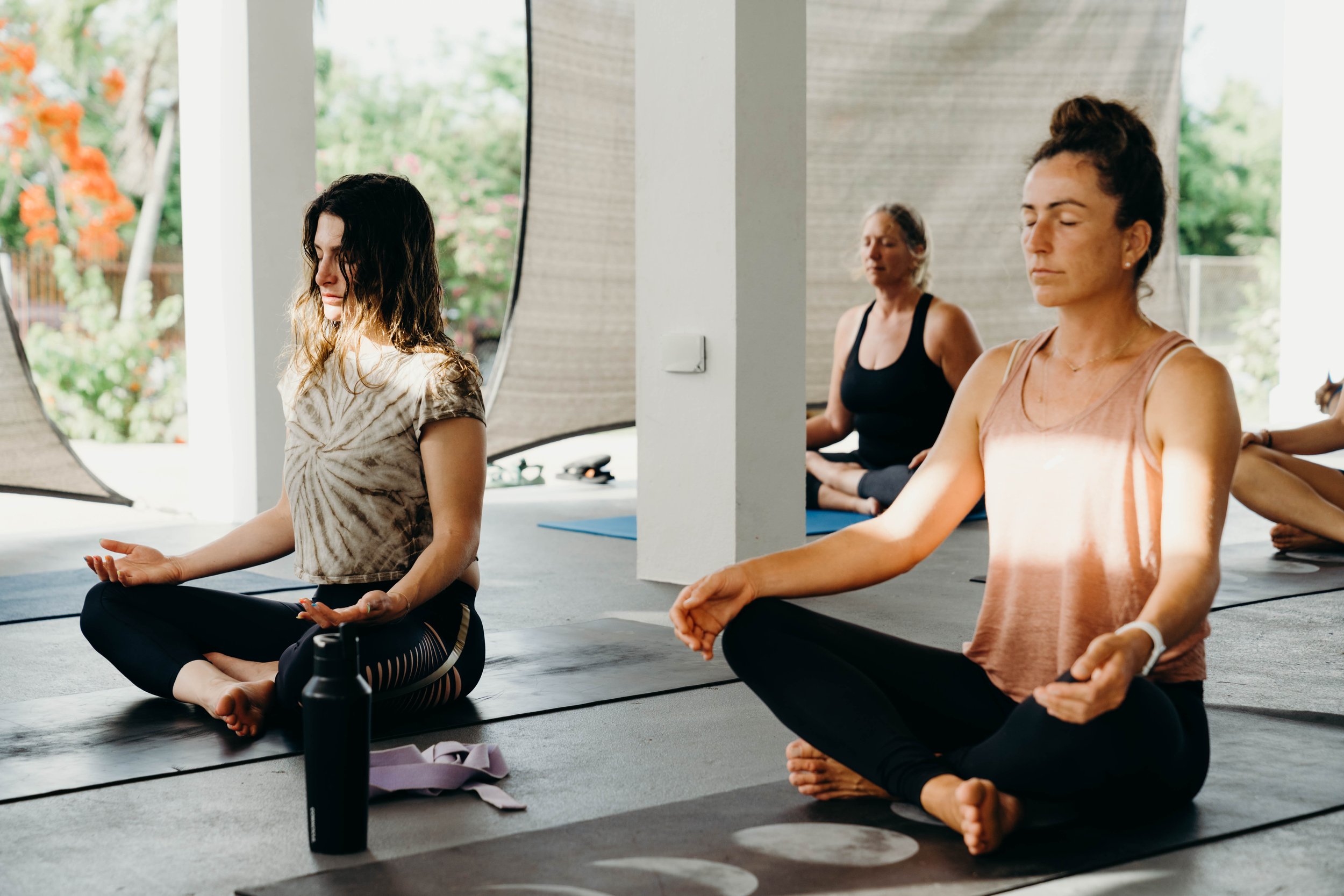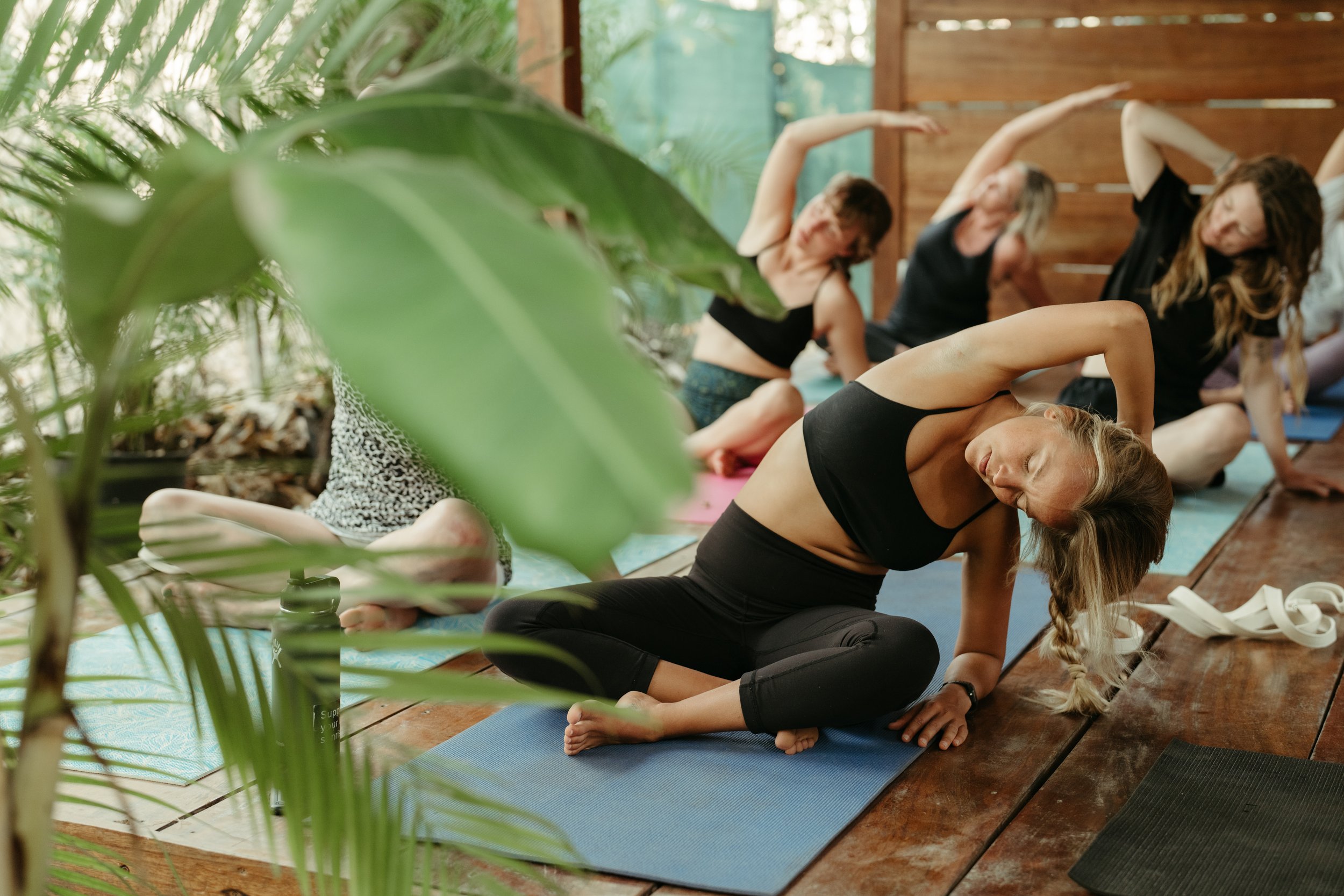The most common question I get asked by beginner surfers is, how do I know what wave to catch?
You all have heard of the Goldie Locks story, right? About the porridge - it can’t be too hot or too cold - it’s got to be just right. Well it’s the same thing when looking for a wave. If the wave is too steep, over the falls you go (when you get thrown over the white water). If the wave is not yet breaking or just rolling along, it’s not steep enough (you paddle and the wave rolls right underneath you). The first step to reading waves is to find the peak. Once you can identify the peak of a wave, you can begin looking for your Goldie Locks spot.
The Peak
This person is dropping in at the very peak of the wave. This is a huge wave but it is very easy to identify the peak. The peak is the highest part of the wave. This wave is an A frame, meaning it is breaking both right and left.
Next time you go to the beach or for a surf, watch the waves and start guessing where you think the wave is going to peak. If you don't live near the ocean, watch a surf movie or a professional surf contest. The more time you spend watching and looking for the peak, the easier it will be to find it when you are out there surfing. Always watch the waves for at least a few minutes before you paddle out.
Now you might be wondering why you should be looking for the peak, which is the most powerful part of the wave, when you don't want anything to do with those steep drops. NO problem, if you can find the peak you can definitely find the nice soft shoulder of the wave.
Shoulder of the wave…
The shoulder makes for an easier drop in, meaning the wave is not going to be as steep or as powerful as the peak of the wave. However, catching a wave at the shoulder means you have to paddle, paddle and paddle in order to catch it.
Surfer farthest to the right is paddling for the wave on the shoulder. See the white part of the wave to the right of him. That is the peak. He has positioned himself perfectly for a nice, gentle drop on the shoulder of the wave.
Etiquette tip:
Generally, if you are on the shoulder trying to catch waves not at the peak, the more experienced surfers are going to be sitting deeper (closer to the peak than you). This means that they have the right of way. Don't forget to look towards the peak and make sure no one is there paddling or already up and riding before you catch the wave. In other words, don't be a shoulder hopper.
How to position yourself for a wave.
If you are paddling for waves but not catching them, what is going wrong?
You may be too far from the peak. Look for the peak, paddle towards it, then wait and try again a little bit closer to the power source.
You need to paddle more. So many times people are paddling and could have caught the wave but they stop. I always find myself saying “just 3 more paddles”.
Not paddling soon enough. Try not to wait until last moment to paddle for the wave. When you see it starting to stand up, start paddling. You need to have speed to catch a wave.
This video is Christine from one of our past retreats. She rips by the way and has only surfed a few weeks in her entire life. She only needed two more paddles to catch this one.
Catching a wave on the shoulder.
This video shows Chrstine paddling perfectly on the shoulder of the wave. To the left is the peak where you see the white water. This is what a a typical morning surf session looks like in Playa Grande.
In conclusion, if you want to learn how to read waves, start looking for the peak, guessing which way a wave is going to break, and when it is going to break. Get out in the water; the more time you spend in the ocean or even at the beach just watching other surfers, the better. I used to sit on the beach with my surf coach and just listen to him critique the other surfers. You can learn a lot by just observing people surfing. Reading waves takes a lot of practice. So get out there and start going for it.
Good luck and feel free to contact us at sistersurfcr@gmail.com if you have any questions. We are always happy to help.








